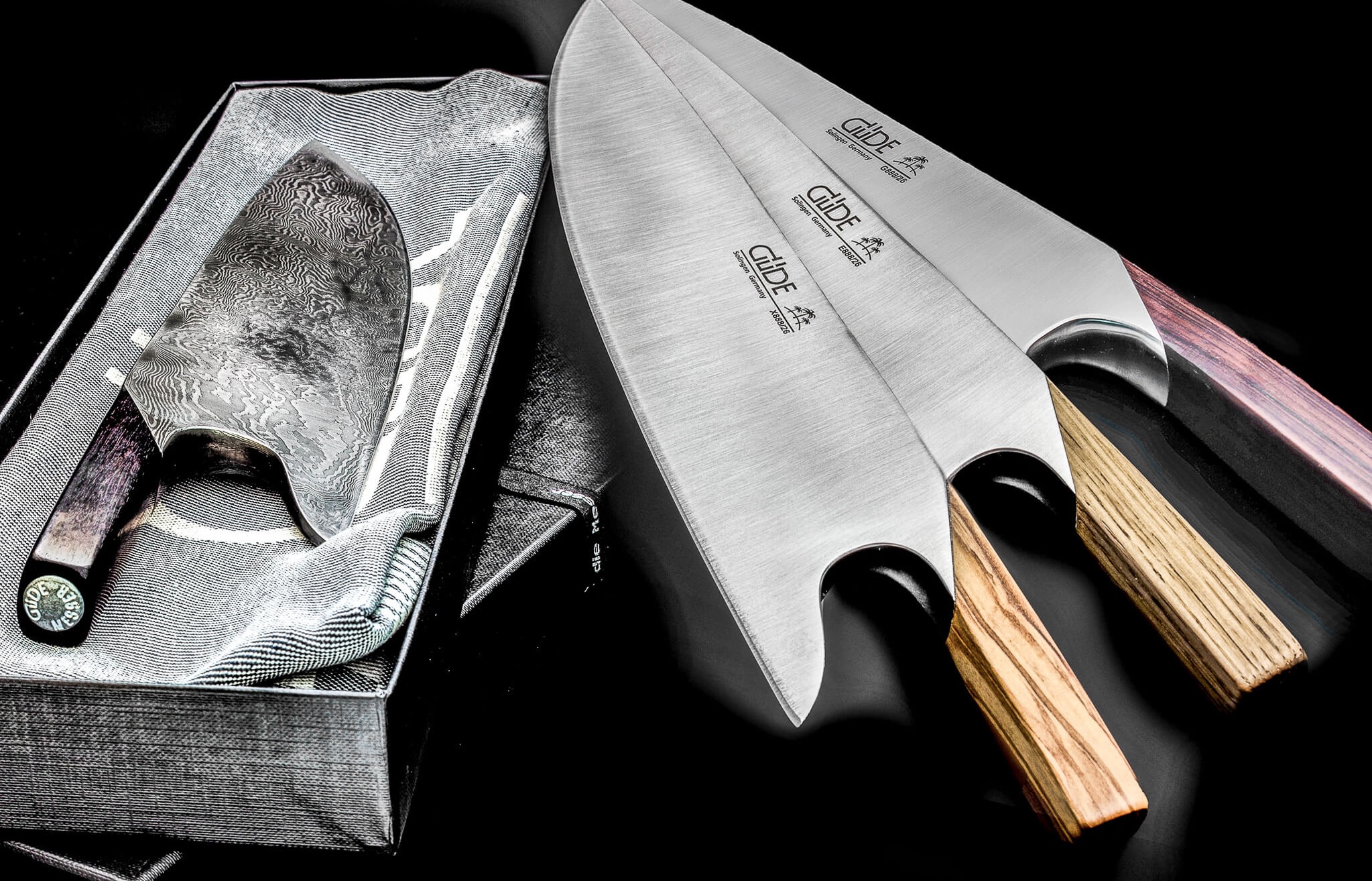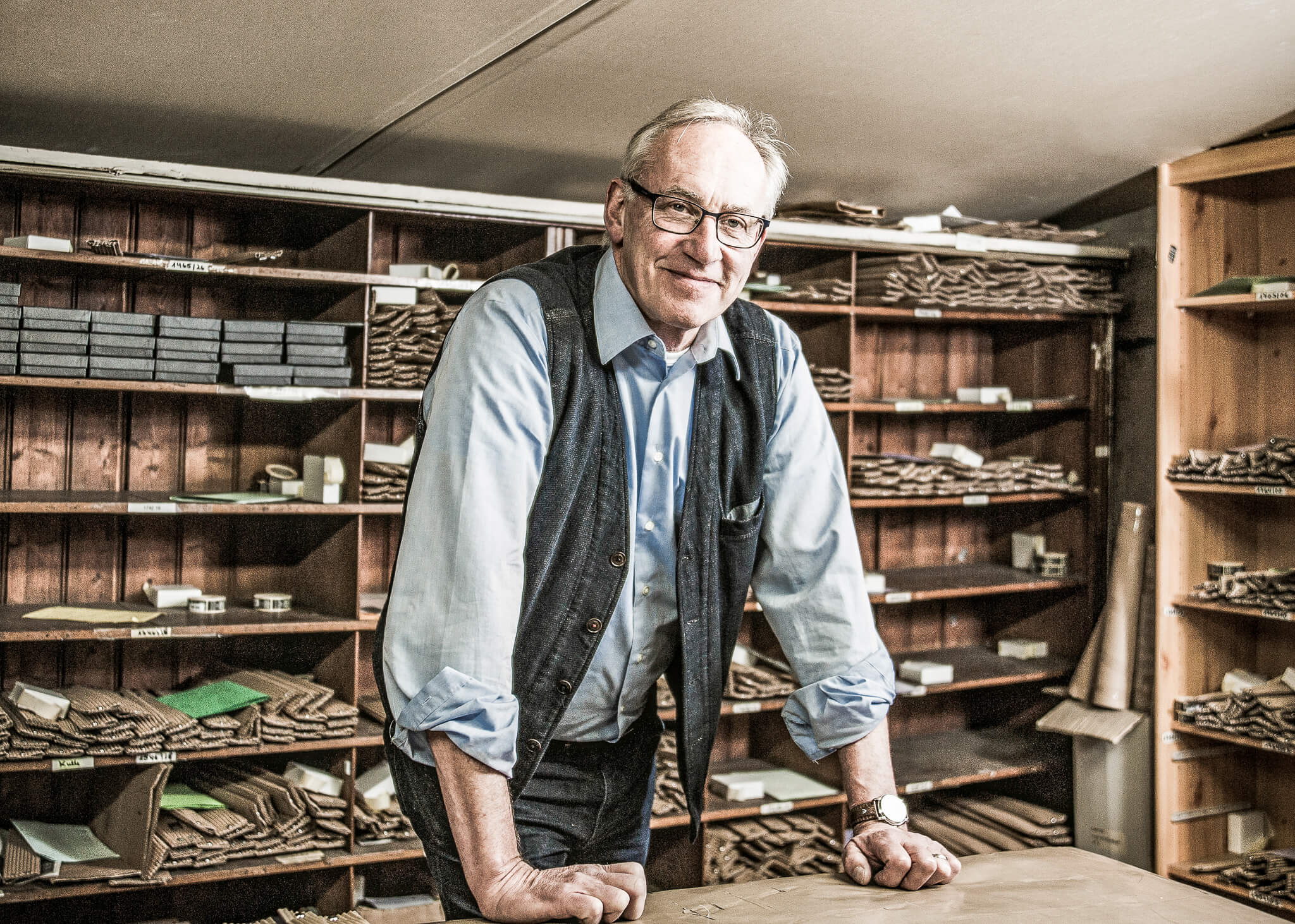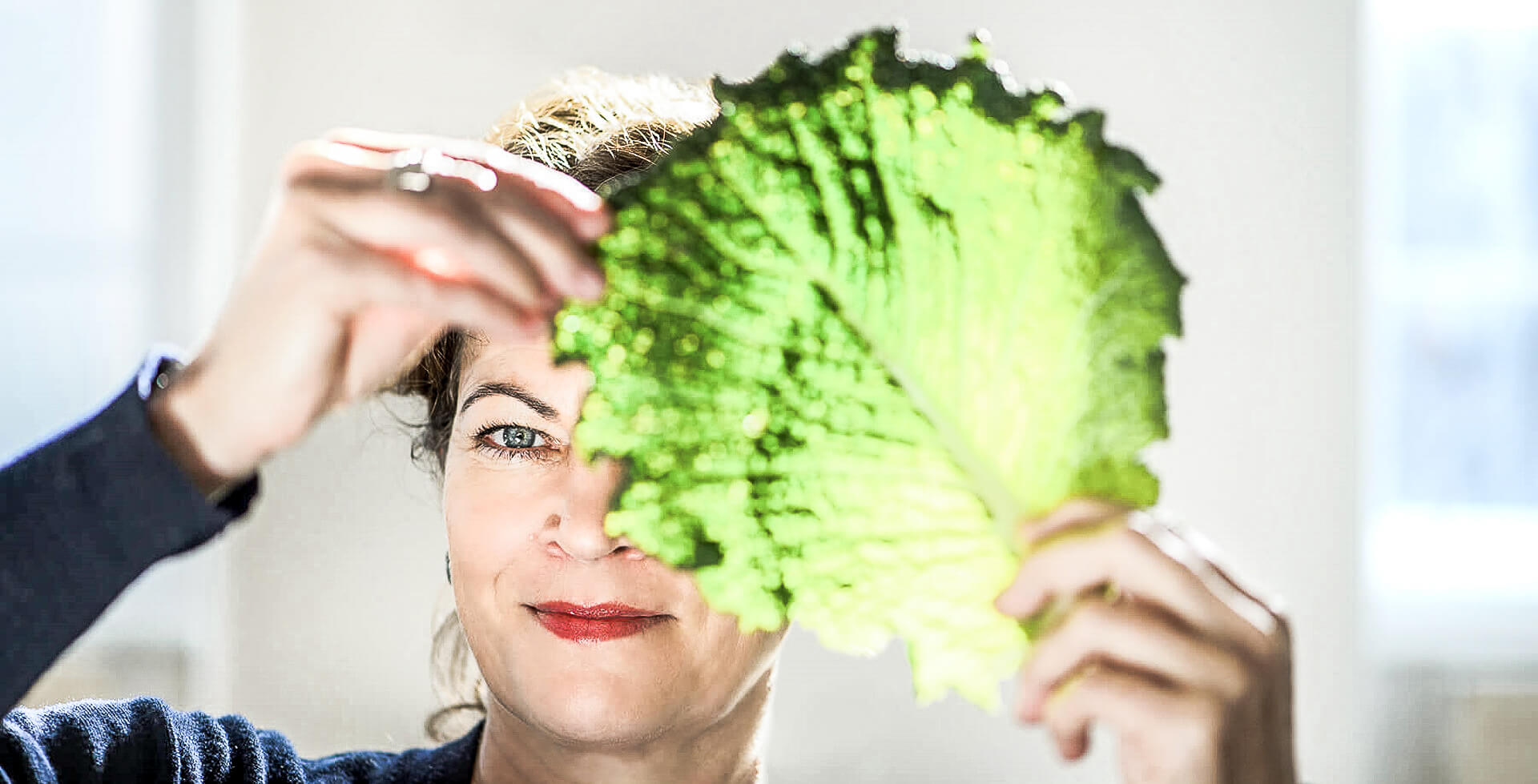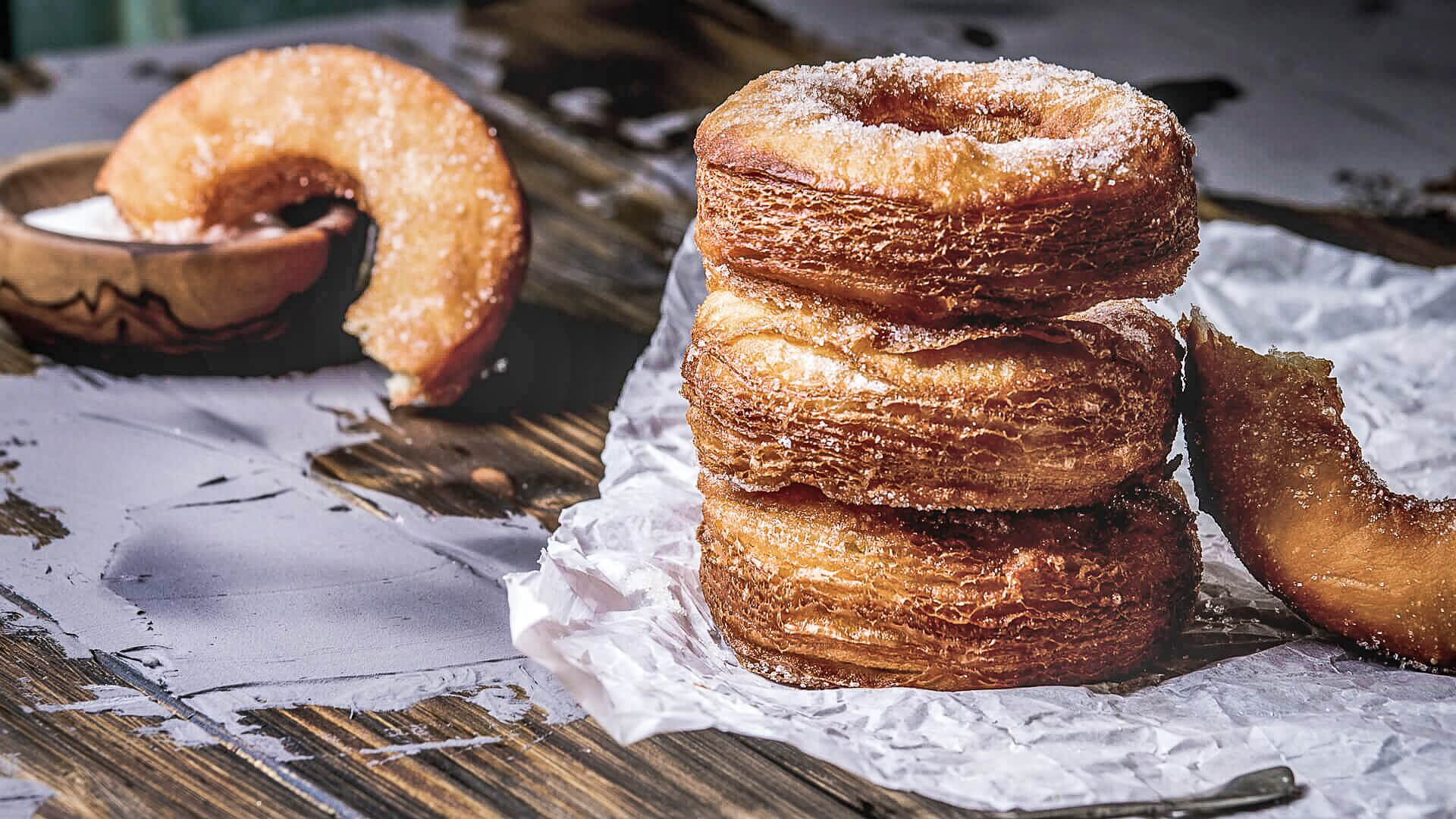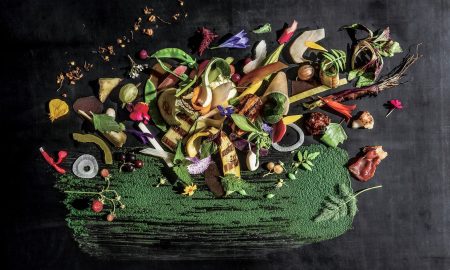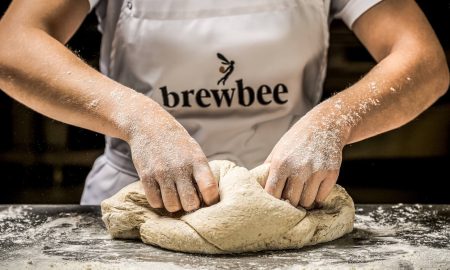It’s all about the precise and perfect angle, says Jürgen Gschwendtner. The kitchen manager at the Viennese restaurant Meissl & Schadn knows what he is talking about. For a knife to be at its best, it needs equally optimized care– and for this, proper sharpening plays an essential role. As far as knives go, Gschwendtner prefers to use the Fly Wheel Cut knife from Tyrolit life, for example. This knife is made of stainless, martensitic, high-end stainless chromium steel (60 HRC) with special alloying additives, which provide a high degree of hardness thanks to their unique microstructure. To keep the knife sharp even after heavy use, you need to use the right sharpening technique; in particular, the angle between the cutting edge and the sharpening stone is crucial. An angle of 15 degrees provides the best result.
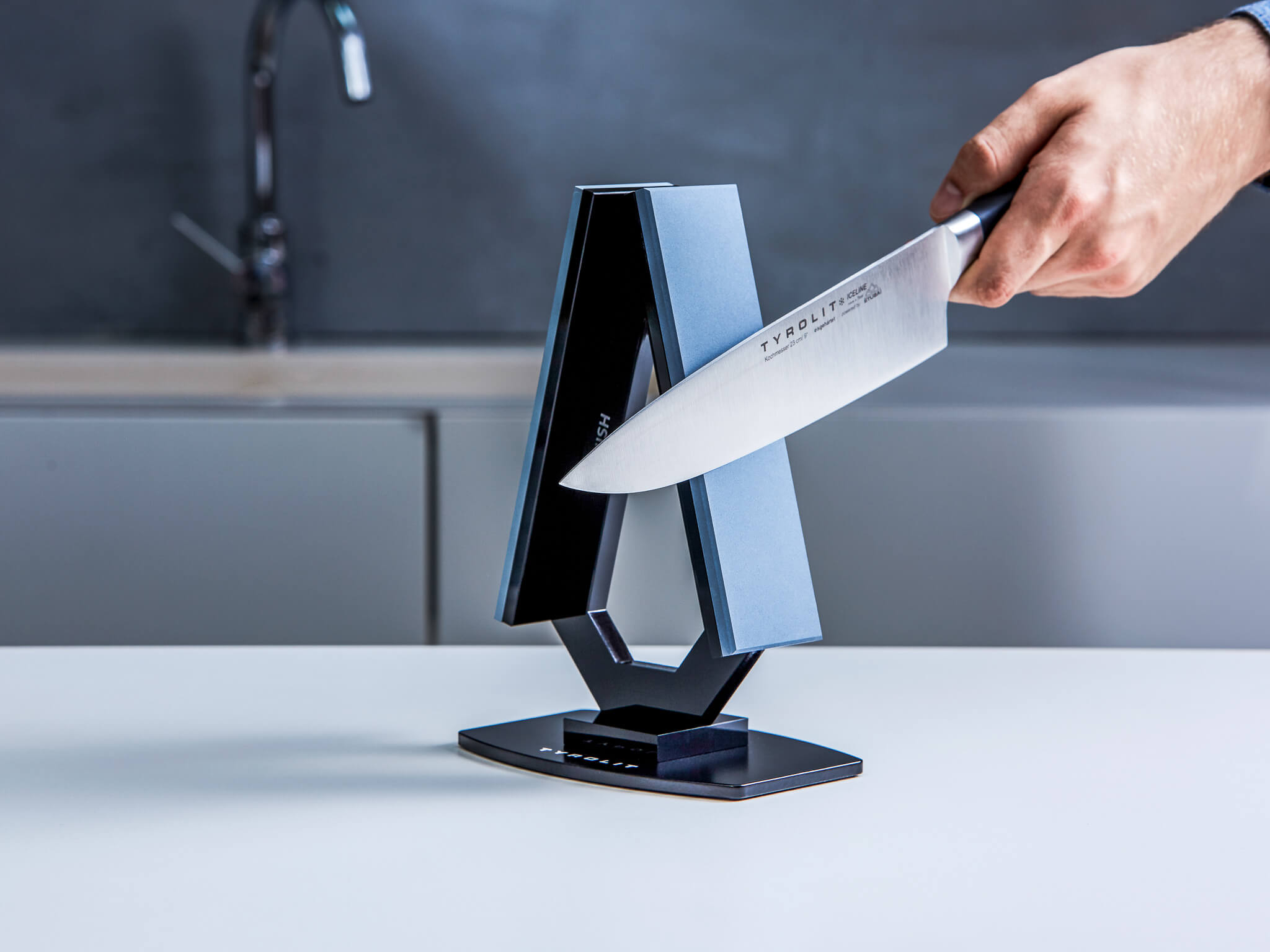
It is best to sharpen a knife at an angle of 15 degrees | Image: Tyrolit
“If the angle is too blunt, the knife will not be sharp enough. If the angle is too sharp, the edge becomes very sharp but quickly wears out,” says Jörg Pfister from Tyrolit. Technique and a well-practiced hand are therefore essential. Another option is to do as Gschwendtner does and use a whetstone for sharpening the knife, where the perfect angle is already there. For this purpose, Tyrolit has developed an innovative pyramid-shaped knife sharpener which is available in three different grit grades. Gschwendtner explains, “I hold the knife here at a right angle relative to the surface of the base. The cutting edge points downwards, and the grinding movement is carried out by applying gentle pressure from top to bottom.” The rough grit (70 according to FEPA) is particularly suitable for coarse grinding, the medium grit (120) for optimal shaping and the finer grit (400) for long-lasting sharpness. Just like the knife, the whetstone also needs to be properly cared for. Pfister says, “We recommend using a sanding fleece. This allows the stones to be re-roughened, which means they can therefore be used effectively for a lifetime.”
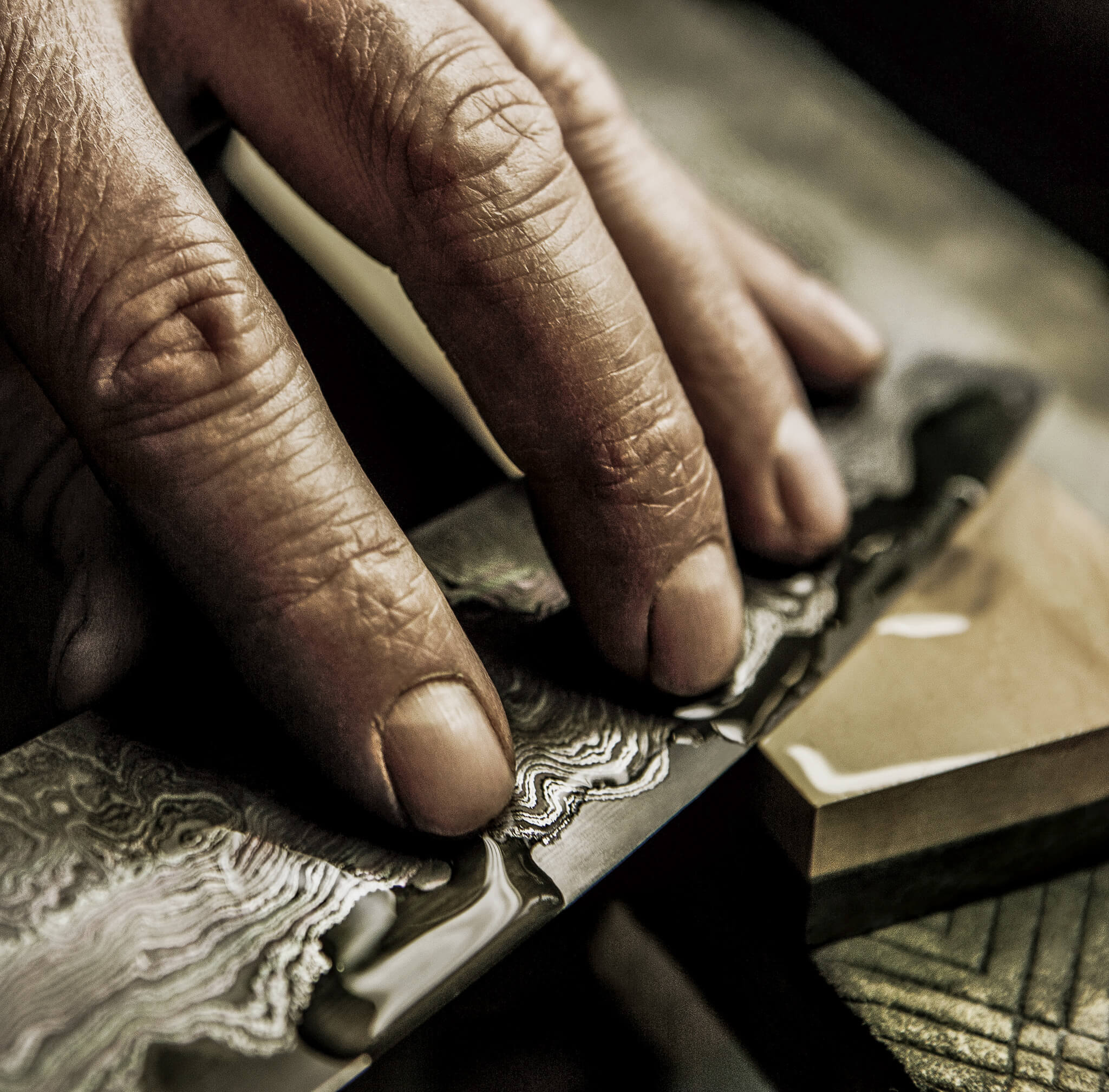
Strop / Image: Nesmuk
Diamond Striker
“For a quick resharpening now and then, ceramic or diamond strikers are used, for example,” says Thomas Pfurtscheller, general importer of the Japanese knife brand Global for the Austrian and German markets. “Cutting causes microscopic cracks to form on the blade, which then provide a degree of resistance. By using a ceramic or diamond striker, these imperfections are buffed back to a smooth finish.”
However, knife care naturally begins with cleaning the knife. Pfurtscheller states, “A mild dishwashing detergent and a soft cotton cloth to wipe the blade works best.” High-quality knives should not be placed in the dishwasher. Quality knife steel contains a high percentage of carbon, which is why these knives are highly resistant to rust, but could still rust if placed in a dishwasher. According to Pfurtscheller, how you store your knives plays an equally important role. In this case, there are three good options, each of which protects the blade well: knife blocks, magnetic strips or knife cases.
“Knives are a total work of art. It’s not a question of simply maintaining the blade, but rather caring for the entire object.”
Karl-Peter Born, Managing Director at GüdeAt Güde, Karl-Peter Born cultivates the tradition of creating knives of the highest quality. | Image: Saskia Clemens
However, not many people know that knife care is not limited to taking care of the blade; the wooden handle also needs to be treated well. For Karl-Peter Born, Managing Director of the Solingen-based knife manufacturer Güde, however, this is an equally important point– and for good reason. The form and function of the famous Güde knife “The Knife,” which features handles made of either grenadilla, oak or olive wood, are truly innovative. The short handle automatically lets the user grip the knife much further forward than normal. “So far forward that the thumb and index finger encircle the blade. The blade thus becomes an almost natural extension of the hand, guaranteeing precise handling, while the short handle allows you to apply the optimal degree of strength,” says Born. The Güde knife manufacture’s handles are also relatively resilient when it comes to moisture. However, you should avoid washing them with very hot water. The wood can be gently oiled from time to time.


